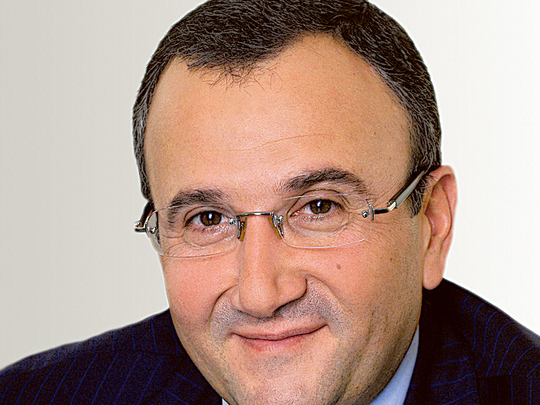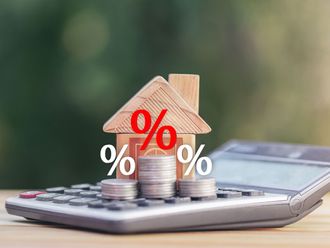
Dubai: According to the Sovereign Wealth Fund (SWF) Institute, GCC-based SWFs have a total of $2.6 trillion (Dh9.54 trillion) in assets — about 37 per cent of total SWF assets worldwide.
Close to 80 per cent of SWF assets in GCC states are accounted for by three major players — the Abu Dhabi Investment Authority with $773 billion, foreign holdings at the Saudi Arabia Monetary Authority (SAMA) at $757 billion and the Kuwait Investment Authority with $548 billion. By assets, Adia and Sama are the second and third largest SWFs globally.
The UAE has seven large SWFs in total: four in Abu Dhabi, one each in Dubai and Ras Al Khaimah, while the last is a federal fund. By number of funds, this is more than any other country in the GCC and globally, second only to the US which has several smaller-sized state-level SWFs.
In total, the UAE’s SWFs have assets of just over $1 trillion, the bulk of which are accounted for by the ADIA ($773 billion). The remaining Abu Dhabi SWFs are the Abu Dhabi Investment Council ($90 billion), the International Petroleum Investment Company ($68 billion) and Mubadala ($61 billion).
The assets of the Investment Corporation of Dubai amount to $70 billion while those of the federal Emirates Investment Authority stand at $15 billion. The Ras Al Khaimah Investment Authority has $1 billion in assets.
Regional SWFs are estimated to have substantial exposure to euro-denominated financial assets. Thus, the continued depreciation of the euro will certainly weigh on the value of their investments.
“We understand SWFs engage in currency hedging to an extent to mitigate such losses, though it is difficult to ascertain the level to which this is done,” Bruno Daher, chief executive officer of Credit Suisse in the Middle East and the Indian subcontinent, said.
“We note that SWFs will also structure natural hedges into their investments, such as investments denominated in currencies expected to appreciate.”
Gulf SWFs have a conservative investment approach and favour exposure to mature markets. Emerging market exposure has historically been taken more selectively, though in recent years SWFs have increased their focus here both in response to the financial crisis in North America and Europe and in an effort to capture higher yields.
India and China stand out as major investment opportunities in the emerging market space and both countries benefit from long-term secular growth trends.
“We would expect SWFs to capitalise on this through investments in energy, utilities and infrastructure which offer long-term stable returns with lower risk,” he said.







